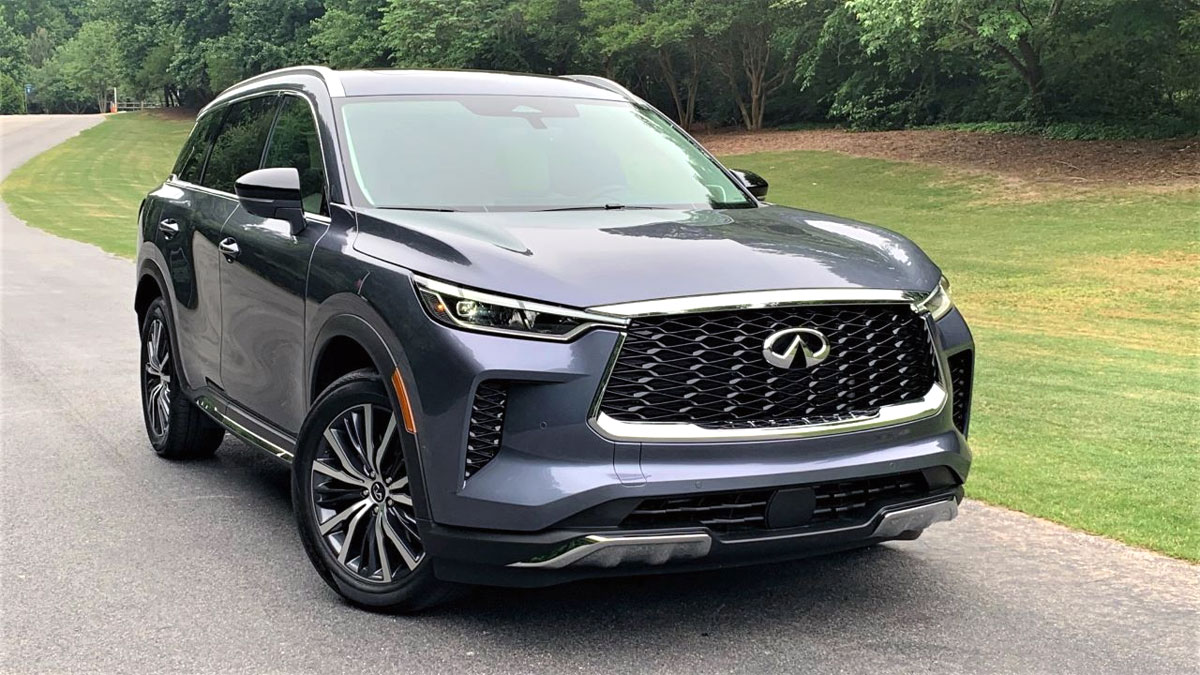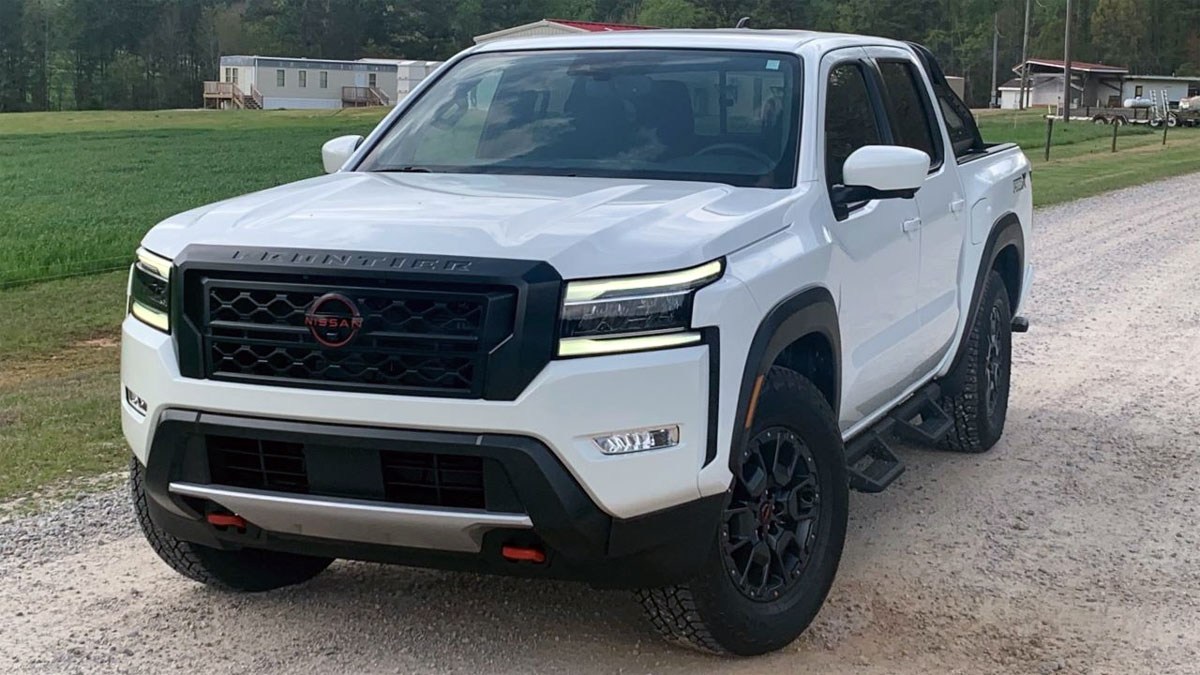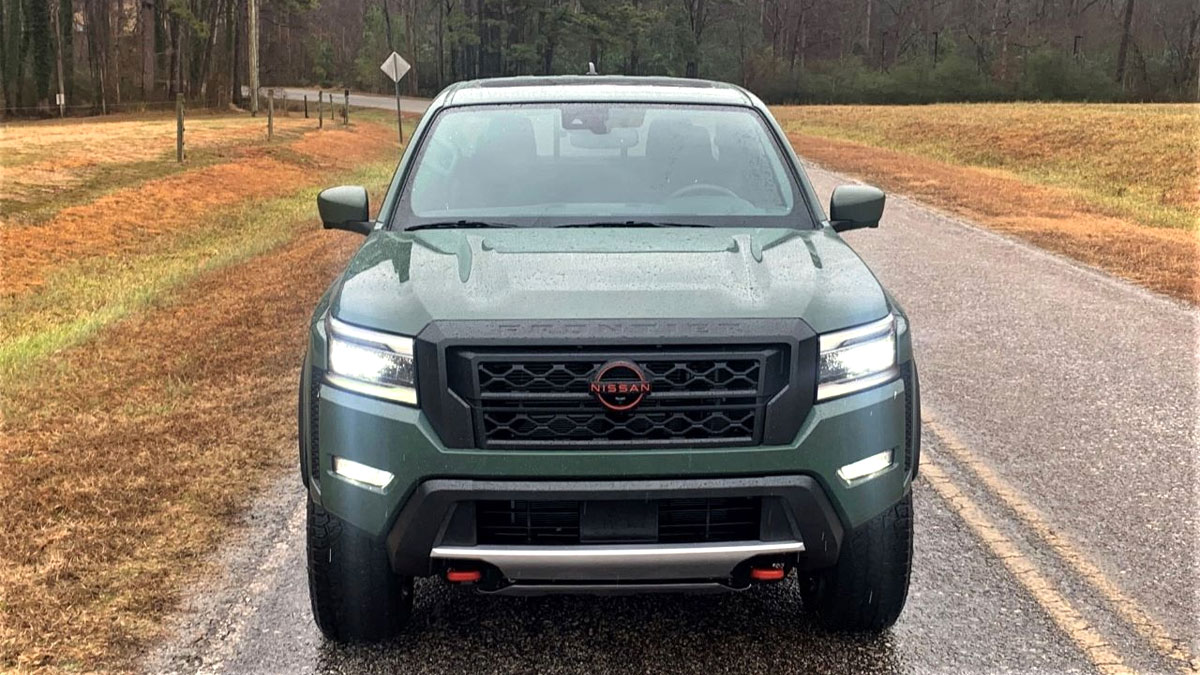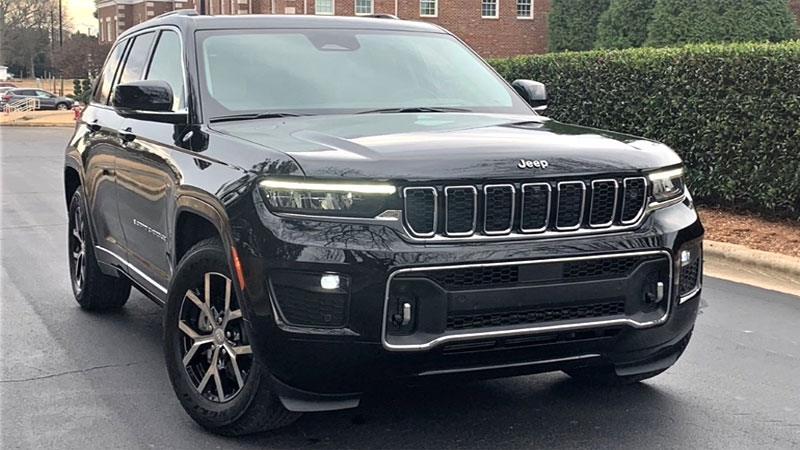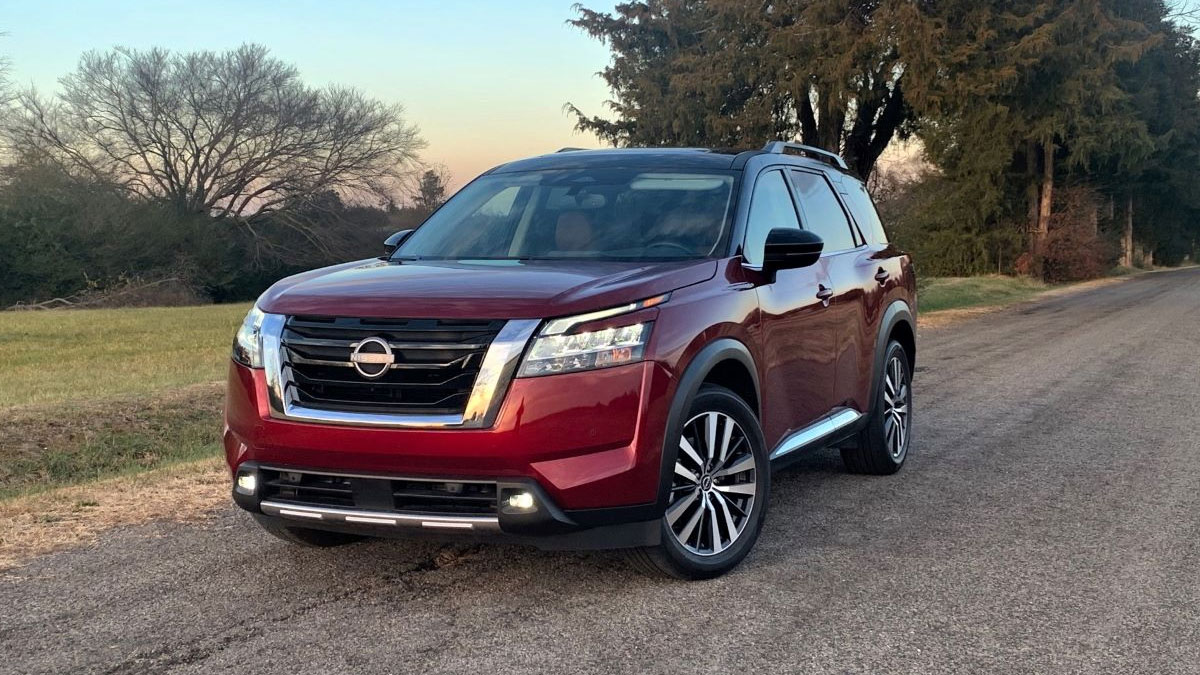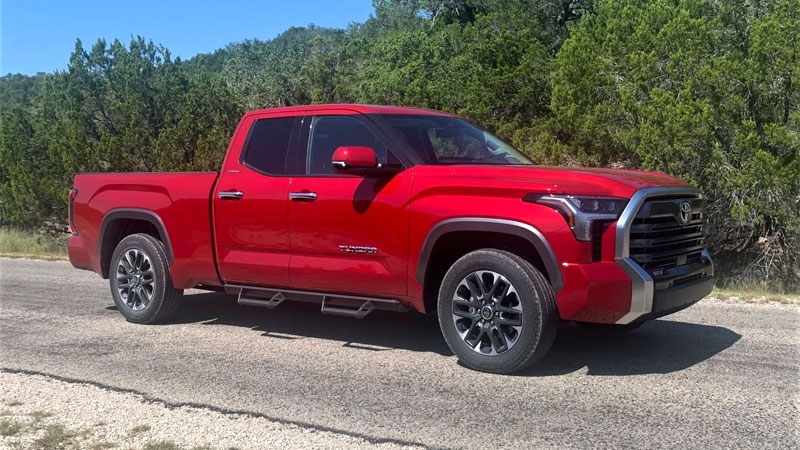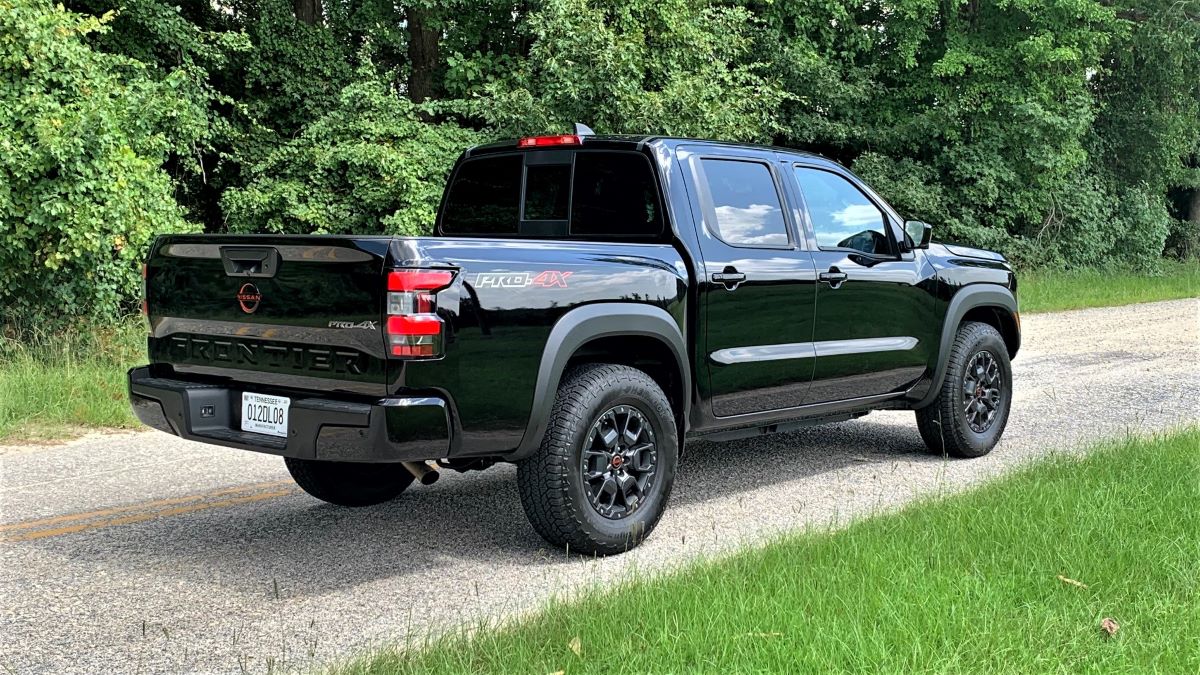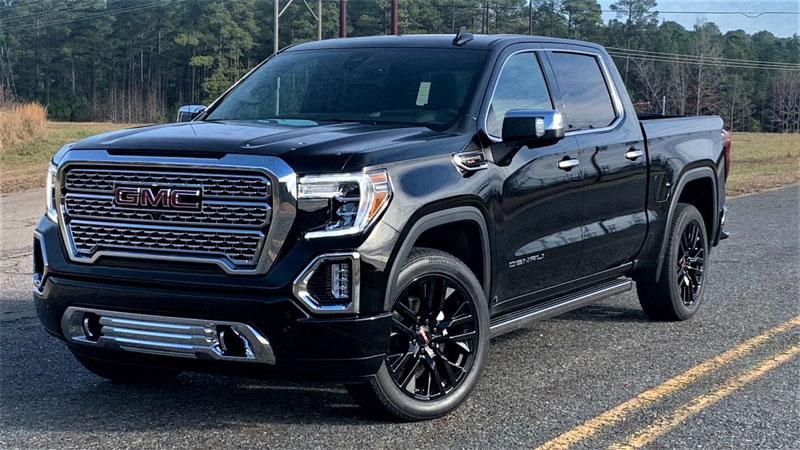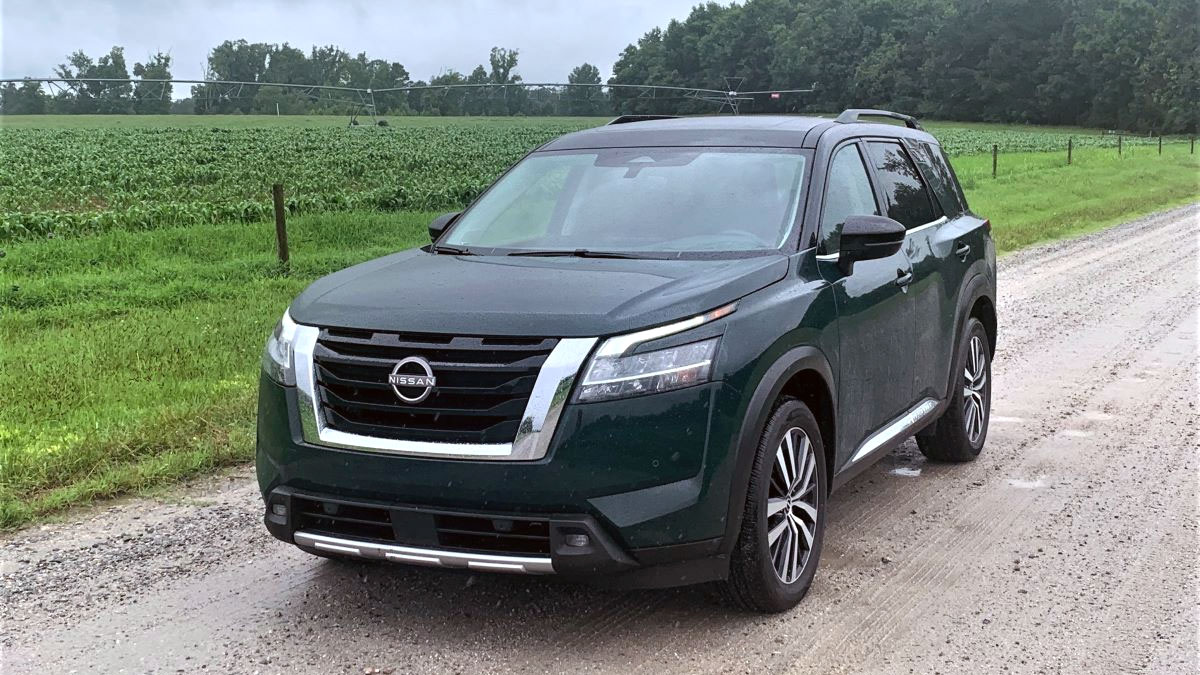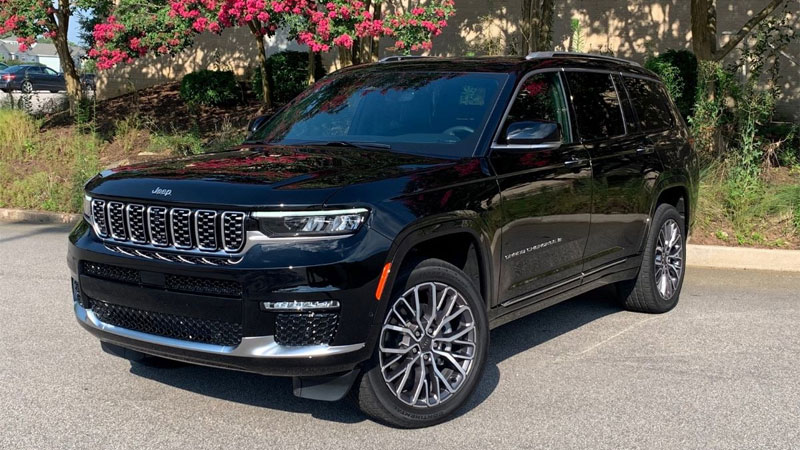2022 Infiniti QX60: A Premium and Practical SUV Experience
Infiniti has a new QX60 for 2022, a model that finds its place in a crowded segment. This midsize, seven-passenger luxury utility vehicle is back after one-year hiatus. It features a new design from bumper to bumper, an overhauled interior, and an improved powertrain. It scores well on all things … Read more

